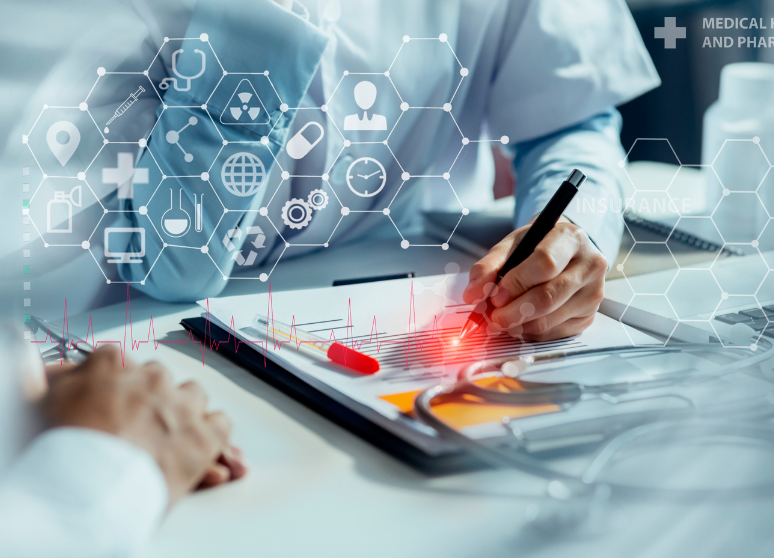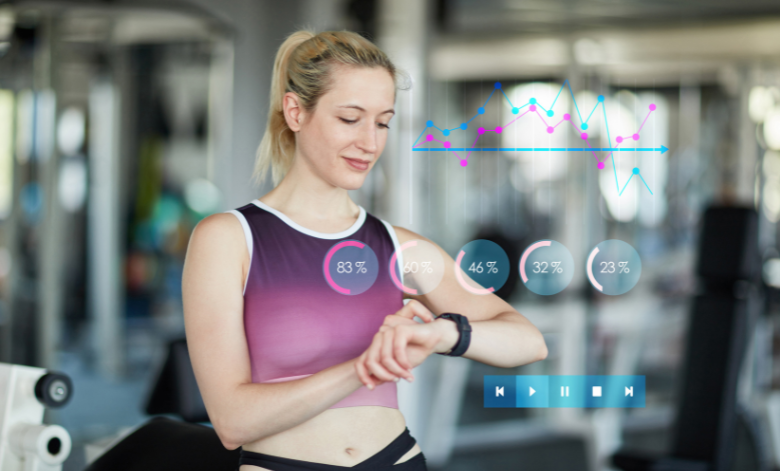
Introduction to the Role of Technology in Healthcare
In part 4, we dived deeper into the role that processes have in the power of connection. In this article, we’ll discuss the role that technology has in supporting the power of connection in healthcare.
The Role of Technology in Healthcare
Technology plays a crucial role in healthcare, especially when it comes to supporting patient-provider relationships. Furthermore, technology helps interdisciplinary teams stay connected and promotes collaboration. Although the role that people and processes have in promoting connection is also important, technology is the catalyst that enhances these connections and transforms healthcare. For instance, technology can bridge geographical barriers and bring patients from remote locations in touch with providers. Technology also lessens the administrative burden on healthcare professionals through automation. Therefore, it’s important to consider the role that technology has in supporting the power of connection in healthcare.

Challenges of Technology in Healthcare
Although technology drives seamless communication and collaboration, it can also be hindered if certain challenges are not addressed. For instance, technology often relies on sensitive patient data. This means that security can be a concern, especially when discussing data in motion [1]. Furthermore, security concerns can lead to patients feeling like digital tools are untrustworthy and can lead to them avoiding digital tools even if it could benefit them. Therefore, it’s important to promote security in healthcare especially when data is being transformed and stored across healthcare systems. Additionally, because of security concerns, technology must also be implemented by following proper privacy laws and regulations that protect patient rights [1]. Furthermore, different countries have different regulations, and this can make compliance challenging.

Another common challenge that comes with technology is the lack of consideration for user experiences. For instance, new technologies must justify their implementation by being able to show that they increase satisfaction and efficiency [1]. This means that human-centered design must be considered when designing and implementing new technologies. Furthermore, there may be resistance to adopting new technologies. Therefore, it’s crucial to consider the end-user’s experience and the integration of technology into current workflows [1].
Technology Enhances Communication and Collaboration
Although we discussed the role and challenges of technology in driving connection in healthcare, it’s also important to discuss how it enhances connection. For instance, technology is often deployed using digital health apps [1]. These health apps are often used to keep patients connected with their providers. Furthermore, these health apps also provide additional insight into patients’ behaviors, moods, and lifestyle choices throughout the day [2]. Additionally, another important health tool that promotes connection is online portals [2]. Online portals often include various technologies that help patients stay connected while providing them with resources to manage their conditions [2]. Online portals can also promote interdisciplinary connections and collaboration [2].
Another important health tool that promotes connection is telehealth. Patients may have different lifestyle needs that make it harder for them to physically travel to the doctor’s office. Telehealth helps bridge this gap and allows patients to be connected in a way that fits their schedules and needs. For instance, telehealth is useful for patients in rural areas or patients who lack transportation to access their doctors. Therefore, telehealth is an effective tool for promoting connection and helping patients feel accountable for their healthcare journey. Additionally, remote communication can also be used by providers to make it easier for them to connect during consultations.

The Overall Importance of Technology in Improving Power of Connection
Overall, technology drives connection in healthcare, which leads to patients feeling more empowered to take an active role in their healthcare journey. Although various healthcare tools promote collaboration between providers and patients, it’s important to remember the challenges that can potentially hinder the effectiveness of implementing these technologies. Therefore, it’s important to design and implement new technologies with human-centered design in mind. This will ensure that new health tools promote a more connected, efficient, and patient-centric healthcare system that promotes positive health outcomes.
HITS
HITS provides healthcare management services & works with doctors to develop health informatics tools that promote safe and secure care. We take pride in our services and settle for nothing other than 100% quality solutions for our clients. Having the right team assist with data sharing is crucial to encouraging collaborative and secure care. HITS also focuses on transforming health care by analyzing integrated medical solutions and evaluating information systems. Our goal is to enhance individual and population health outcomes, improve patient care, and strengthen the clinician-patient relationship.